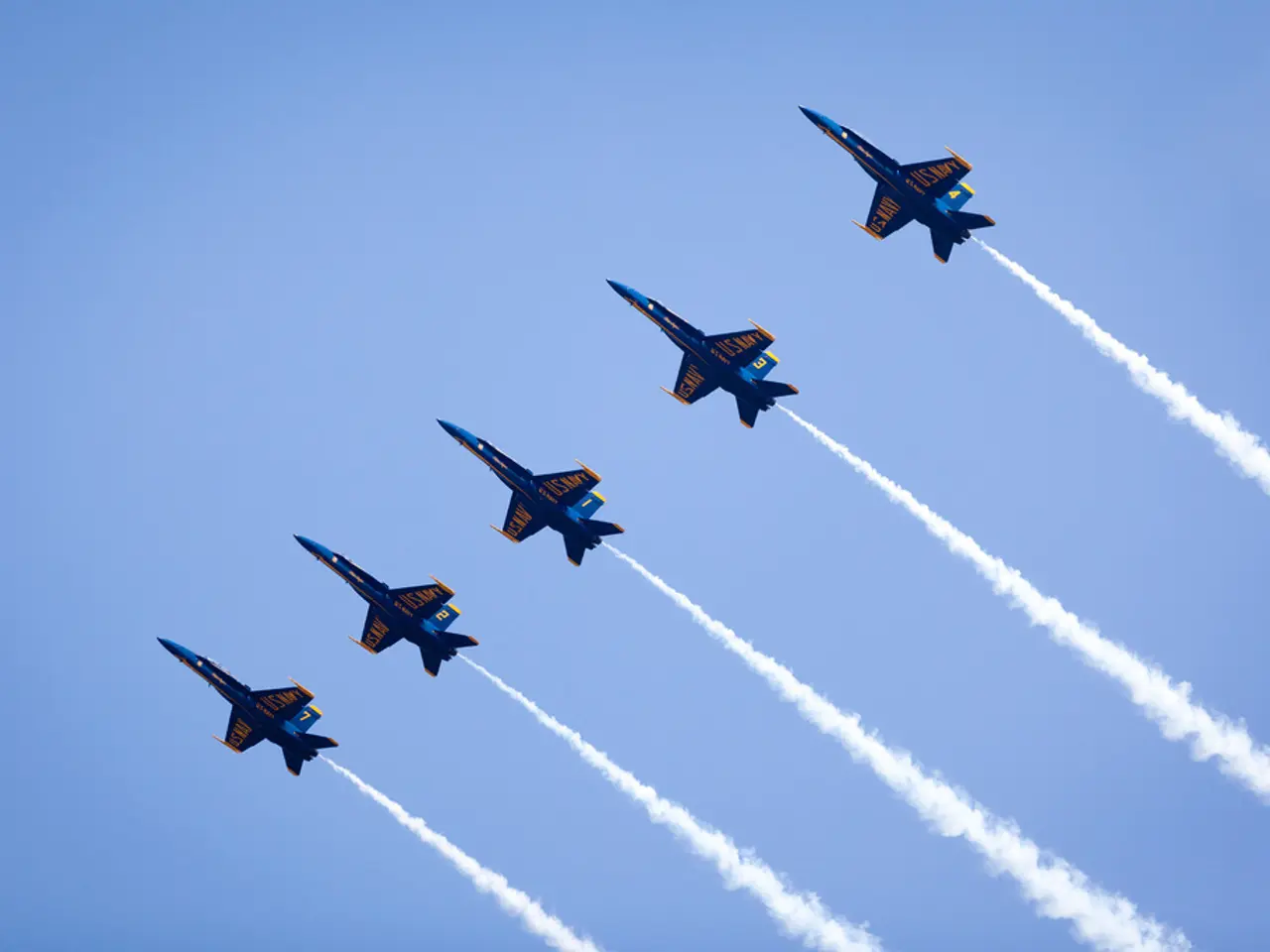Rocket Catastrophe of SpaceX Starship: Elon Musk Blames Malfunction in Propellant Discharge
The SpaceX Starship explosion that occurred on January 16, 2025, during the seventh test flight, was the result of a fuel leak caused by damage to a fuel pressurization component. Specifically, a damaged pressurization system diffuser on the main fuel tank led to a methane leak, loss of tank pressure, and mission failure during the ascent and reentry phases.
The investigation also uncovered that the June 18, 2025, explosion of Starship Ship 36 on the test stand was attributed to undetectable or poorly screened damage to a composite overwrapped pressure vessel (COPV) in the payload bay. This failure led to structural failure, propellant mixing, and ignition that destroyed the vehicle and damaged the surrounding area. Fortunately, no injuries or public property damage occurred due to established safety zones.
The Federal Aviation Administration (FAA) closed its investigation into these mishaps in August 2025 after reviewing SpaceX's findings and corrective actions. SpaceX was then cleared to proceed with the Starship Flight 10 launch under the existing license.
Despite these setbacks, SpaceX remains committed to its plans for the Starship vehicle. The company aims to fly the Starship frequently in 2025, with the goal of launching the megarocket up to 25 times this year.
The Starship incident serves as a reminder of the risks and challenges associated with space exploration. However, it also emphasizes the importance of thorough investigations in ensuring the future success and safety of space missions. The FAA briefly diverted aircraft around the area where space vehicle debris was falling due to the Starship incident.
Elon Musk, SpaceX's founder and CEO, attributed the explosion that destroyed the upper stage of the Starship vehicle to a propellant leak. He assured that SpaceX is coordinating with the U.S. Federal Aviation Administration for a thorough investigation following the Starship flight test anomaly.
Normal aircraft operations resumed shortly after the Starship incident, ensuring the safety of the public on the ground, water, and in the air. Despite the setbacks, SpaceX continues to push the boundaries of space exploration, striving for a future where humans can live on other planets.
References:
- Space.com
- TechCrunch
- Ars Technica
- NASA
Despite SpaceX's setbacks, the company remains determined to increase the frequency of Starship flights in 2025, with a goal of up to 25 launches. This ambition underscores the significance of thorough investigations in space-and-astronomy, science, and technology, as demonstrated by the probes into the Starship incidents.




